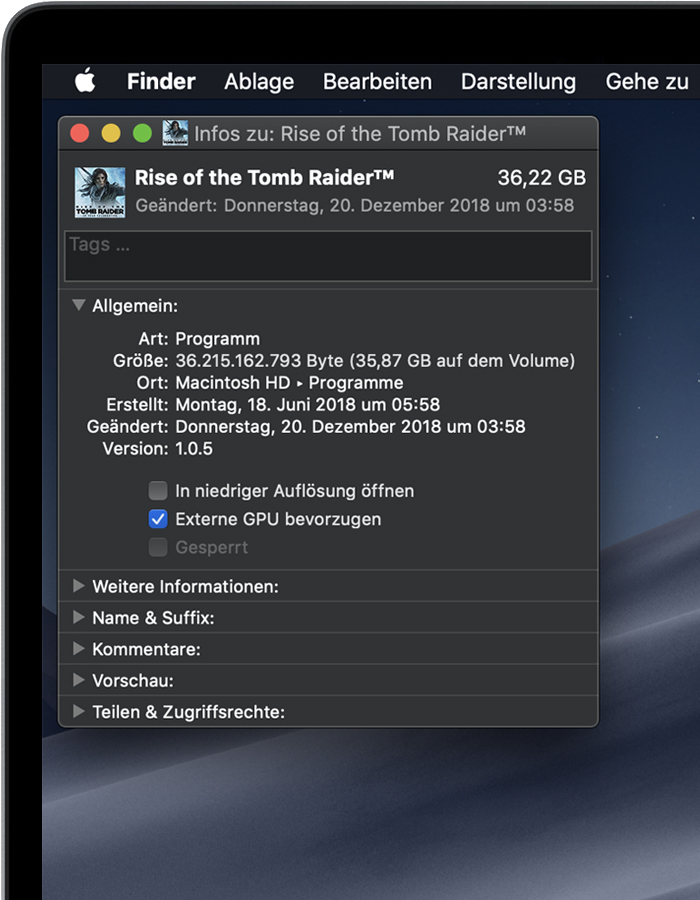


and it's just a driver for their own virtual graphics adapter. You'd think it wouldn't be too hard to port across, all four being products of VMware. If you're willing to pay for them they may work for you (there are trial versions available to download and install for free). Note that VMware's paid products ( VMware Fusion for Mac, VMware Workstation for Linux and VMware Workstation for Windows) all have 3D capabilities at DirectX 10 and OpenGL 3.3 feature levels. e.g.: there is a software rendering OpenG元2 driver for Blender on their FTP site which allows Blender for Windows to actually work inside a Windows guest, but frame rates when animating Poses are in the 0.5-2.0 fps region. shader switching, and displaying 3D models generated by Blender. You always have the option to install software rendering OpenGL drivers but they wouldn't be usable for anything beyond the most basic requirements. comprehensive information on OpenGL 4.5, 4.4, SPIR-V, OpenGL extensions, and the OpenGL. That said it only had OpenGL 2.0 support around 2009 and has been quietly upgrading to OpenGL 2.1 in the meantime.

Despite many requests for improved OpenGL capability in the VBox user forums I've seen no mention of the VBox developers working on OpenGL 3 or better support. The OpenGL drivers in the VirtualBox Guest Additions are limited to OpenGL 2.1. Here’s how you figure it out for your system: In Blender, click on Help->System Info In a text editor window, open the system-info.txt scroll down until you see OpenGL and look for version vote for your version ATTENTION MAC OS Users: Please instead use this chart to determine your OpenGL version.


 0 kommentar(er)
0 kommentar(er)
